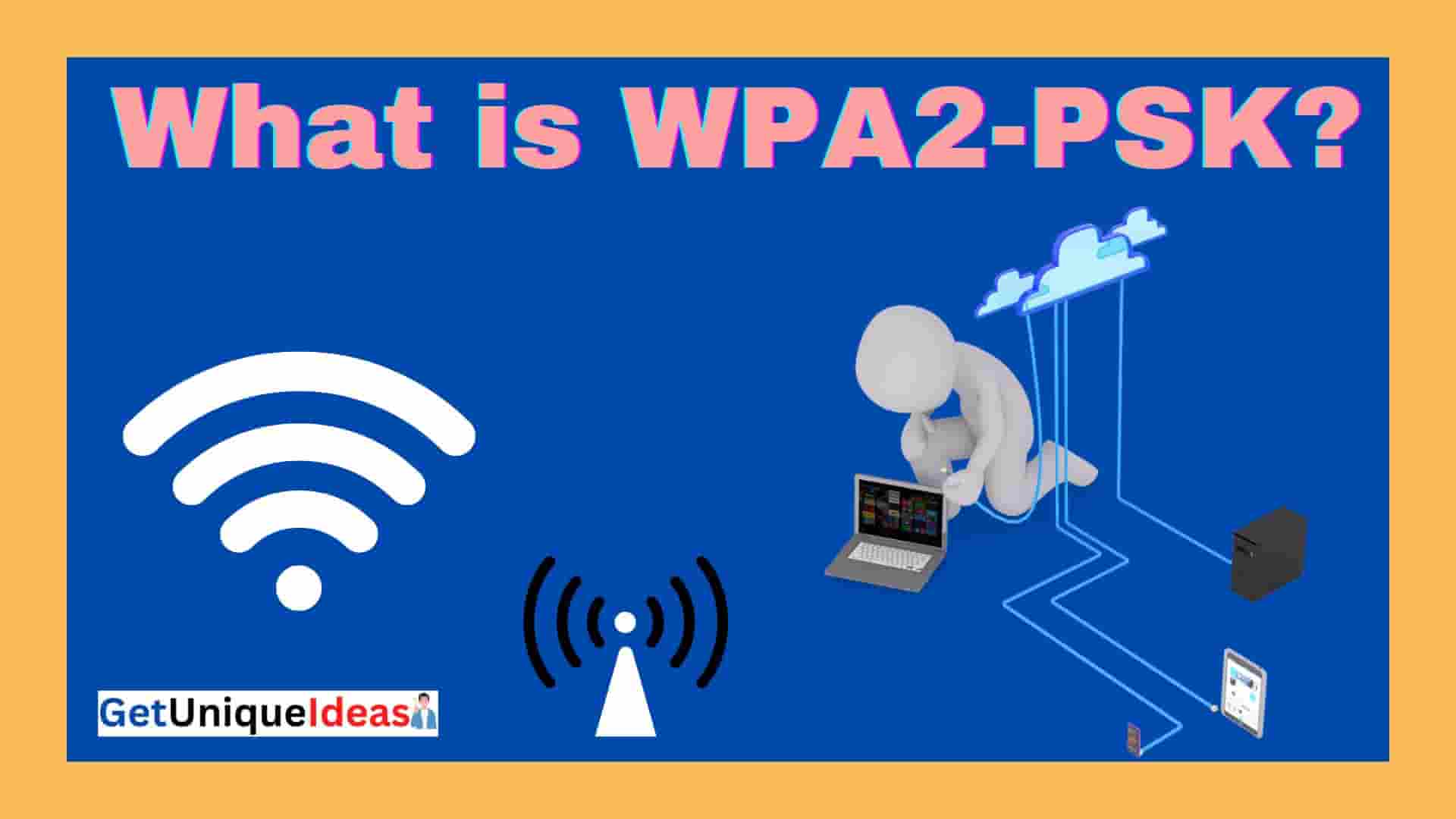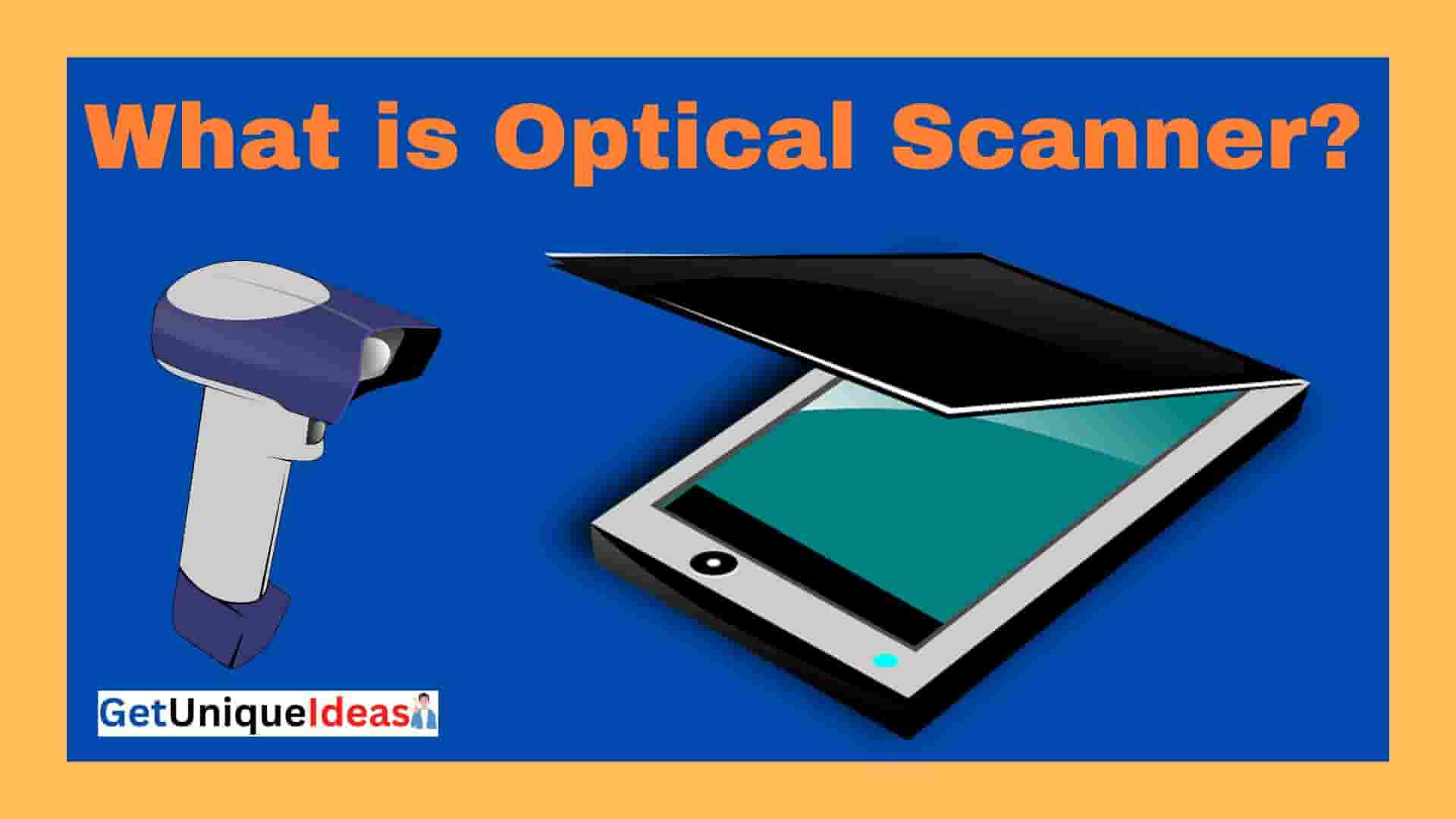“In recent times there has been a breakthrough technology known as LiFi (short meaning “light quality”) is emerging as a possible alternative to traditional wireless communications techniques like Wi-Fi.
As opposed to Wi-Fi which uses radio waves for transmitting information, LiFi uses visible light waves to transmit data.
LiFi technology has the potential to transform how we connect to the internet by providing high-speed internet connectivity in a range of settings. In this blog we will look at the concept of LiFi and how it operates and the potential applications it could have.
We will also go over the differentiators among LiFi and Wi-Fi, as well as the benefits and drawbacks associated with this type of technology.”
What Is LiFi ?
Li-Fi (light high-fidelity) is a wireless communications technology that makes use of the visible spectrum of light in order to send information. It’s similar to WiFi which uses radio waves for transmitting information however it does have some major distinctions.
In a Li-Fi device, the data is encoded in an illuminating beam and transmitted by the LED (light-emitting diode) lightbulb.
The information is then received by a photodiode that transforms the light into an electrical signal which can be read by computers or any other device.
One of the biggest benefits of Li-Fi is that it is able to transmit data at extremely high speeds, 100 times faster than WiFi.
It’s also safer because light can’t traverse walls or any other barrier which makes it harder for anyone outside to steal the information.
Li-Fi also has a lower energy consumption than Wi-Fi because the LEDs that are used in the system use less energy than traditional radio transmitters.
It is also not interfering in any way with electronic gadgets, making it ideal for use in locations in which radio waves are not allowed, for example, airports, hospitals and oil drilling.
But, Li-Fi does have some drawbacks. It requires a straight view of the receiver and transmitter which means that the device that receives the data has to be located in the same space as the lightbulb.
Furthermore, it’s not as widespread as Wi-Fi and at present, there are fewer devices that can support it.
Advantages of using LiFi –
LiFi has several advantages over traditional wireless technologies like Wi-Fi, including:
» High speed: LiFi technology can transmit data at very high speeds, potentially reaching speeds of up to 10 Gbps. This makes it suitable for high-bandwidth applications like streaming high-definition video or downloading large files.
» Security: LiFi uses visible light waves to transmit data, making it harder to intercept signals. This makes it a more secure option for sensitive data transmissions.
» No interference: LiFi uses a different frequency band than Wi-Fi and other wireless technologies, which means it is less likely to interfere with other electronic devices.
» Better penetration through obstacles: LiFi can transmit through water, glass, and other non-metallic obstacles, which makes it more versatile than Wi-Fi.
» Low energy consumption: LiFi technology is based on LED lights, which are energy efficient.
» Easy to implement: LiFi technology can be integrated into existing lighting infrastructure, making it easy to implement in existing buildings.
» Better spectrum utilization: LiFi uses the visible light spectrum which is much larger than the RF spectrum used by WiFi, thus providing more room for growth in the future.
» Increased safety: LiFi does not emit any harmful radiation, making it a safer option than Wi-Fi and other wireless technologies.
» No license required: LiFi uses the unlicensed ISM band and does not require any regulatory approval or licensing, which makes it a cost-effective solution.
Disadvantages of LiFi :-
Li-Fi has some limitations and disadvantages, including:
- Lines of sight: LI-Fi requires that there be a direct line between the transmitter (lightbulb), and the receiver (photodiode). This means that the device receiving data must be within the same space as the lightbulb. The connection will be lost if a person or object is in the way.
- Limited coverage: A Li-Fi signal’s coverage is limited to the lightbulb area. It can’t pass through walls and other barriers, so it is not useful in large buildings or outdoors.
- Limited availability. LiFi technology isn’t as widespread as Wi-Fi and there are fewer devices that can support it. It may be more difficult to find compatible devices and set up a LiFi network.
- Interferences with other light sources: Li-Fi signals may be affected by sunlight or fluorescent light. It can be difficult to maintain a stable connection when there is bright lighting.
- Cost: Wi-Fi is more expensive than traditional Wi-Fi equipment.
- Power Consumption: LiFi systems need a constant power supply. In the event of a power outage, the internet connection will be lost.
- Limited penetration: LiFi signals are weak and cannot penetrate walls, floors, and ceilings.
It’s important to note that Li-Fi technology is still in the early stages of development and these limitations may be addressed in the future as the technology evolves.
Difference between WiFi and LiFi :-
WiFi and LiFi both use wireless communication technologies but transmit information using different waves.
WiFi transmits data using radio waves at frequencies of 2.4 GHz or 5 GHz. WiFi is a popular option for both home and business networks. These radio waves are capable of reaching walls and other obstacles. Radio waves can also interfere with other electronic devices like Bluetooth and microwaves.
LiFi uses visible light waves in both the ultraviolet and infrared frequency bands to transmit data. LiFi cannot penetrate walls so it is usually used in a line-of-sight configuration such as a room or closed office. LiFi is also able to penetrate water and fog, which gives it a distinct advantage over wifi.
LiFi is faster than Wi-Fi in terms of speed because the bandwidth of light waves is much higher than radio waves. LiFi is considered more secure than WiFi because it is easier to intercept light waves sent by wireless signals.
While WiFi can be used anywhere, LiFi is better suited for specific scenarios, such as closed offices or in-rooms. LiFi offers many benefits, including high speed and security. It can also penetrate through fog and water, which WiFi cannot.
Let’s See LiFi vs WiFi Which one is better ?
It is hard to determine which technology is best, as it all depends on the application and use case. Both WiFi and LiFi have their advantages and disadvantages.
WiFi is an established technology that is used widely in offices, homes, and public places. WiFi is simple to set up and can penetrate walls and other obstacles making it an excellent option for wireless communication. WiFi is less secure than LiFi because it can be interfered with by other electronic devices.
LiFi has many advantages over WiFi. It is capable of transmitting data at extremely high speeds, making LiFi suitable for high-bandwidth applications. It is also more secure and less likely to cause interference with other electronic devices. LiFi is also capable of transmitting through glass, water, and other nonmetallic obstacles, making them more versatile than Wi-Fi.
LiFi is an alternative to WiFi in some situations, such as underwater communication and closed-office communication. WiFi is an extremely popular technology that can be used in almost any environment. However, LiFi offers specific advantages for certain situations. The specific requirements and needs of each application will determine which technology is best.
Other Links:-









